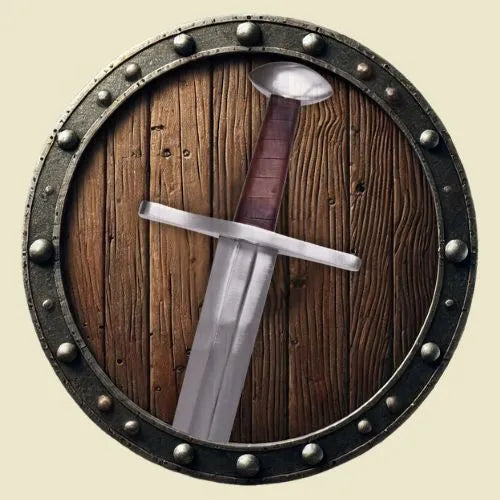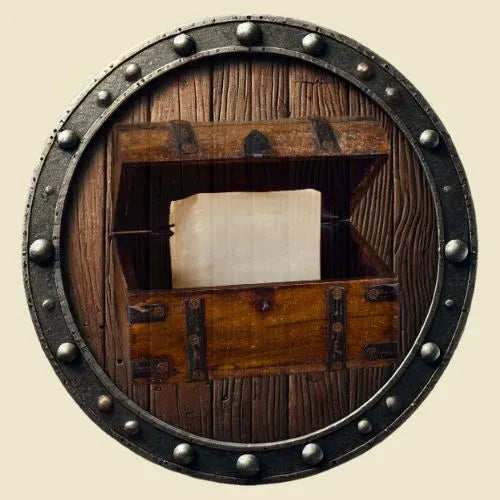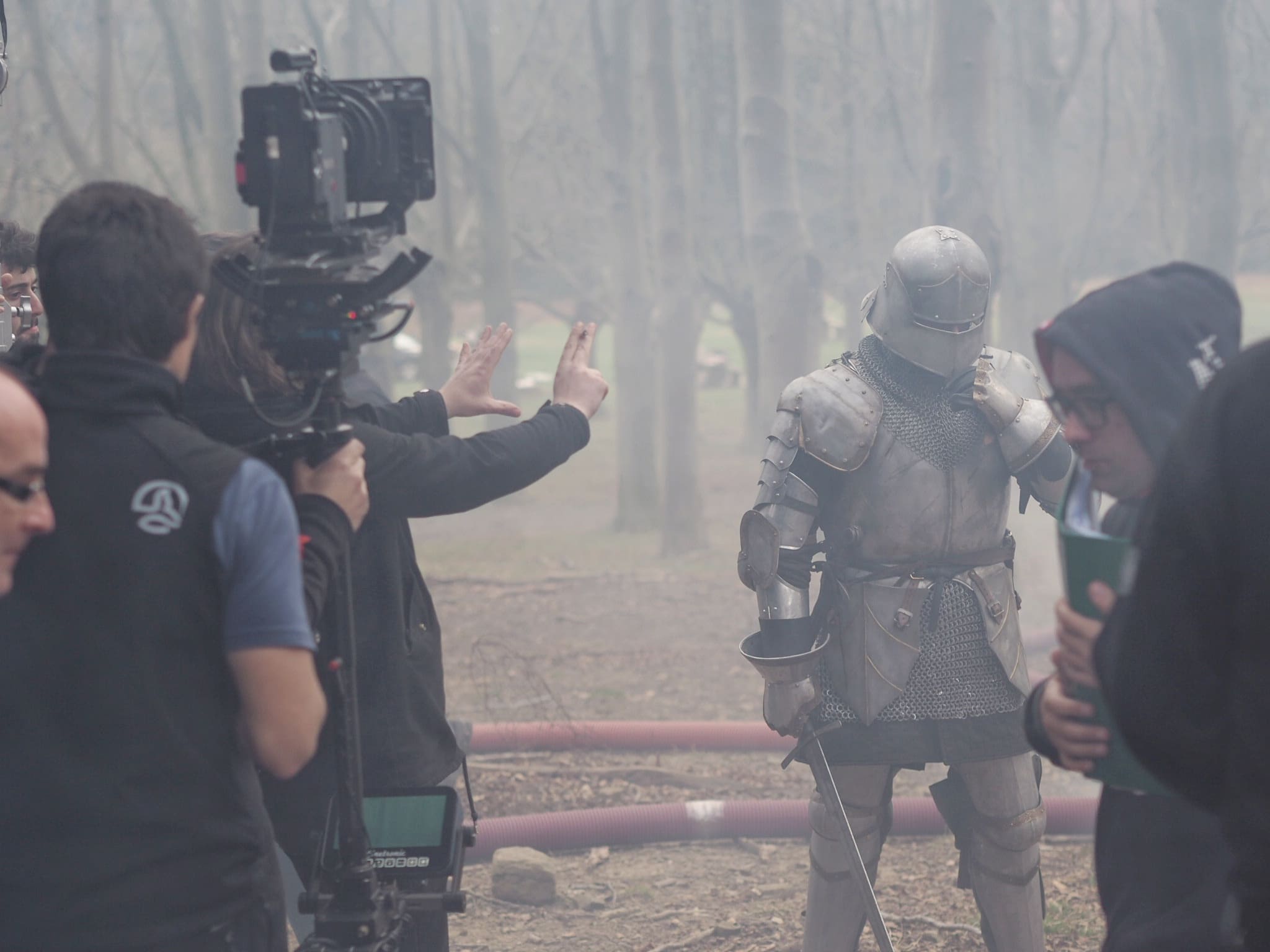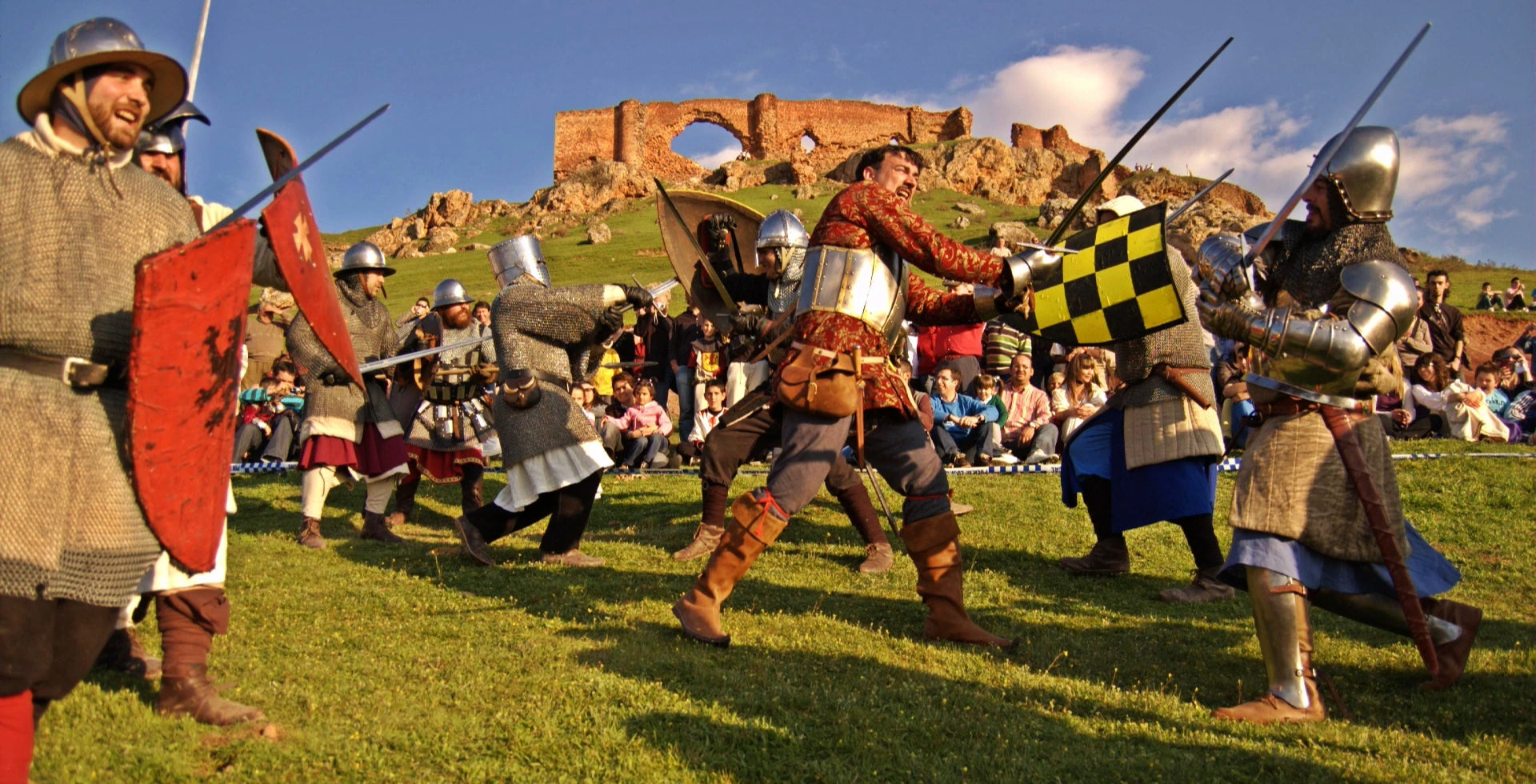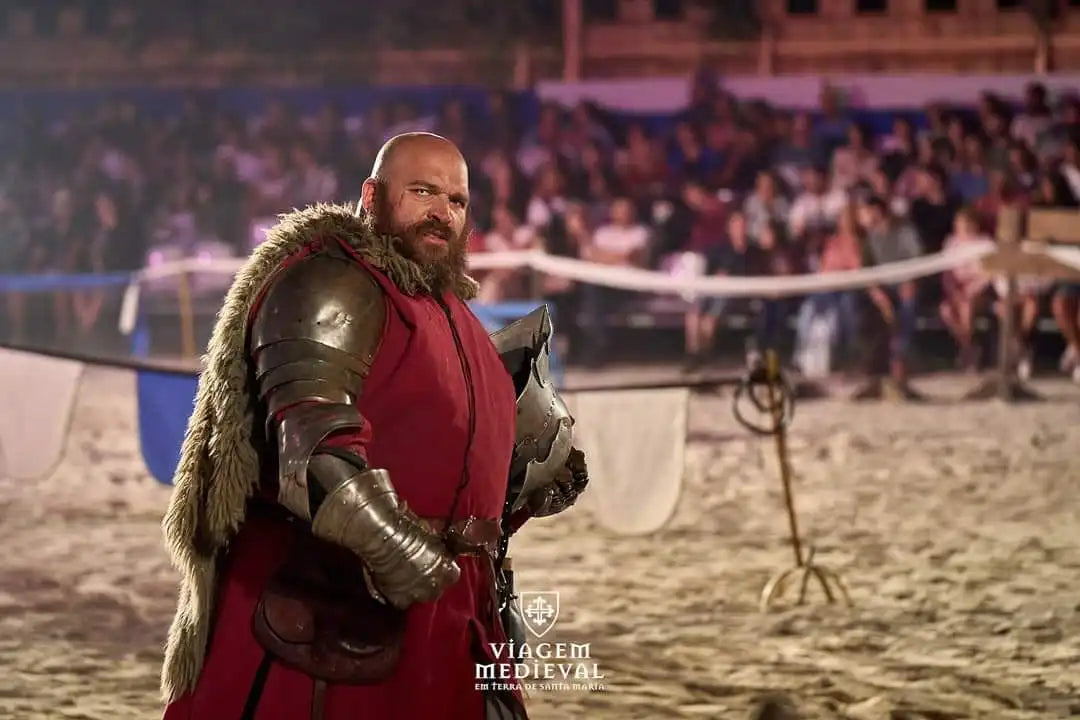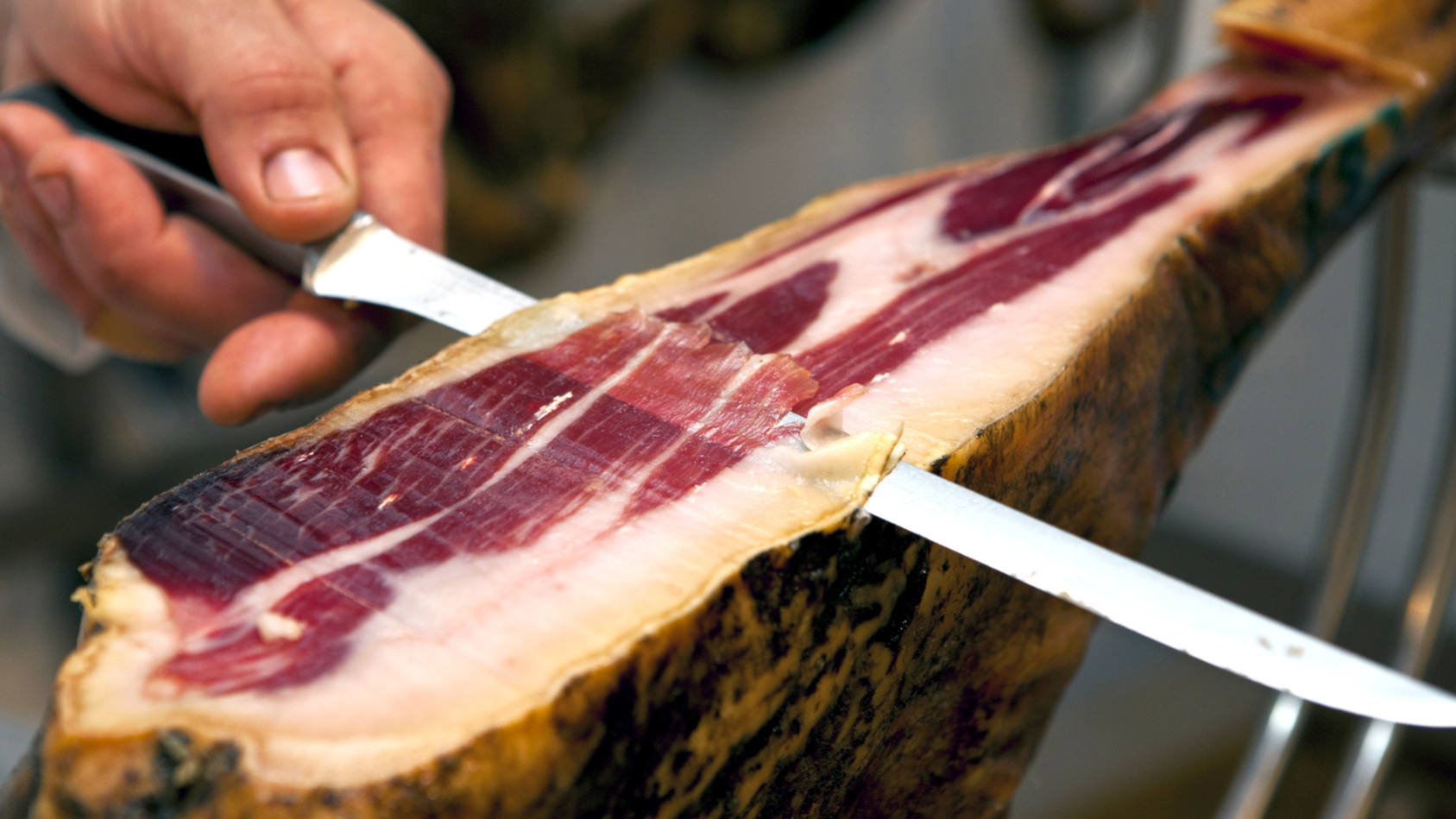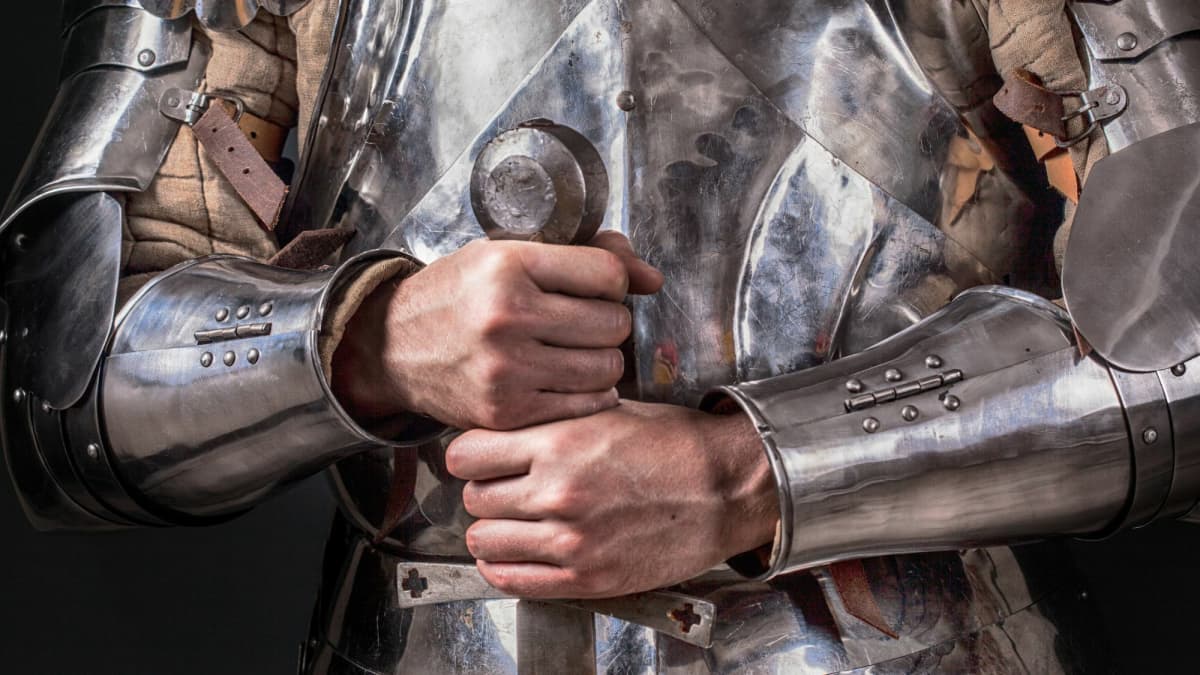The Celts, a people forged in war
The ancient Celts, a vast and diverse group of tribes that dominated much of Europe between the Bronze Age and the Iron Age, were known for their fierce warrior spirit. Although they never formed a unified state, they shared essential elements: language, art, religion... and a unique understanding of warfare.
Among all their war tools, the shield occupied a privileged place, both in combat and on a symbolic level.
It was not just an instrument of defense: it was an emblem of tribal identity, a canvas for artistic expression, and a status symbol .
Below, I invite you to immerse yourself in the fascinating world of Celtic shields, to understand their form, function, and meaning within a society where bravery in battle defined the position of a man or woman.

The art of Celtic warfare and its connection to shields
In Celtic culture, warfare was not a mere necessity , but a practice bordering on the sacred. Warriors were admired, almost mythologized, and their weapons, including defensive ones, were offered in rituals to the gods as symbolic offerings in lakes, swamps, and natural sanctuaries. Thus, even the shield was not simply a protection: it was part of the warrior soul of the Celt.
Shields were used alongside longswords, spears and slings.
War chariots and cavalry also shaped the way these people fought, where the deafening noise of wheels and the blaring of war horns generated a chaotic atmosphere that intimidated the enemy.
Design and materials of Celtic shields
Celtic shields were mostly oval or elongated , although round models also existed.
Made from lightweight materials such as wood and hardened leather, they were strong enough to withstand the impact of spears or swords, but also light enough to allow for agile movement.
The central element of the shield was the umbo , a metal piece (usually iron or bronze) placed in the center. This protrusion not only served to deflect enemy blows, but also protected the bearer's hand and, in some cases, allowed the opponent to be struck in short, surprise attacks. Many umbos were found with richly worked decorations, evidence of their aesthetic and symbolic value.

Decoration: shields as a symbol of identity
One of the most fascinating aspects of Celtic shields is their ornamentation. Far from being uniform objects, they were genuine works of art . Some featured geometric patterns, spirals, representations of sacred animals such as boars or horses, and even human faces or masks.
These motifs were not random: they reflected religious beliefs, tribal or clan symbols, and functioned as a form of psychological intimidation on the battlefield . An enemy facing a Celtic warrior saw them as more than just a defensive tool, but as a declaration of power, spiritual protection, and collective identity.
The Battersea Shield , found in the River Thames and now housed in the British Museum, is one of the best-known examples. Although not a functional shield (being too fragile for battle), its spectacular bronze decoration inlaid with coral suggests that it was intended as a ceremonial offering , perhaps to seek the favor of the gods before a decisive confrontation.
The shield and the status of the warrior in Celtic culture
Owning a shield was not common: it was associated with the highest-ranking warriors, often members of the tribal nobility. In elite tombs, alongside weapons and torcs (necklaces of power), shields were placed as prestige items , indicating the deceased's importance within society.
Shields were also present in chariot burials , a custom reserved for tribal chiefs and nobles, which included their weapons, horses, and sometimes their war chariots. This practice suggests a vision of the afterlife in which the warrior would continue to need his shield, just like everything else.

Shields in the Celtic religion
The connection between the shield and the sacred is also seen in Celtic religion. Shields have been found in many archaeological sites, thrown into lakes and rivers, along with swords and spears. These votive offerings were a gesture of gratitude to the gods, or a supplication before a crucial battle.
The cult of water, totemic animals, and the human head, as the seat of the soul, is also reflected in the iconography of the shields. Some were carved with stylized heads or skulls , revealing this mystical obsession with the power of the spirit, the soul, and the afterlife.
Women and shields in Celtic warfare
The participation of women in Celtic warfare is not a modern romantic myth, but a reality supported by historical and archaeological sources. Warriors like Boudicca , queen of the Iceni, led armed revolts against the Romans.
Shields have also been found in high-ranking female graves, suggesting that Celtic women, like men, could carry weapons and defend their people .
A symbol that transcends the battle
The Celtic shield was much more than a military tool. It was part of a worldview, where war, religion, identity, and art were inextricably intertwined.
With its stylized shape, its spiritual symbols and its presence in sacred rituals, the shield represented the very essence of the Celtic warrior : fierce, loyal, spiritual and deeply connected to his land and gods.
To this day, these shields continue to fascinate with their beauty and symbolic depth, reminding us that even objects of war can contain the poetry of a people.
Whether you're a collector or a fan, don't miss the variety of shields we have to offer.

